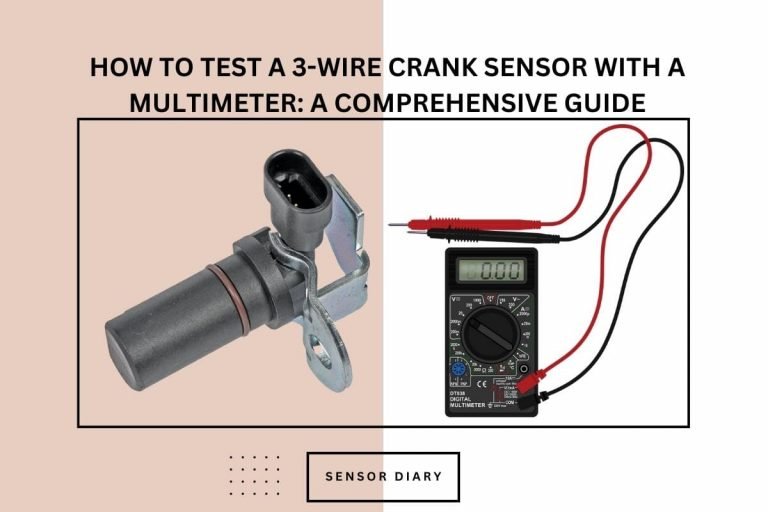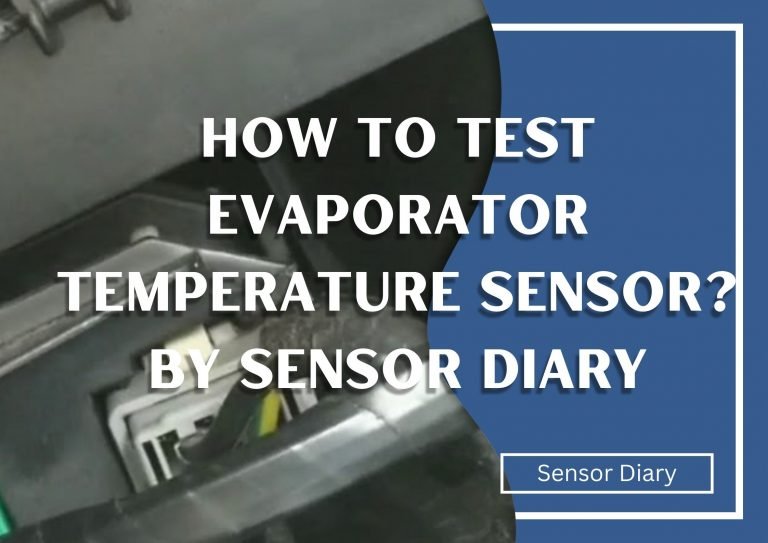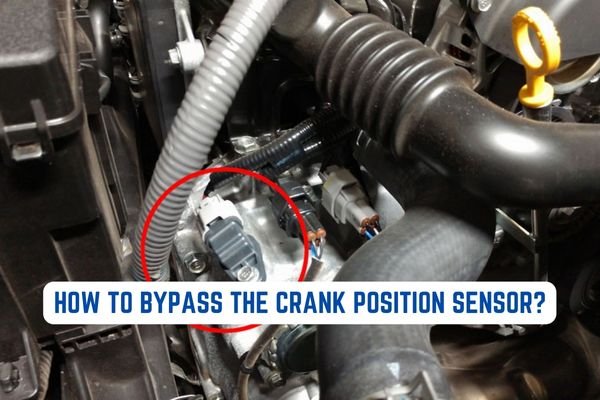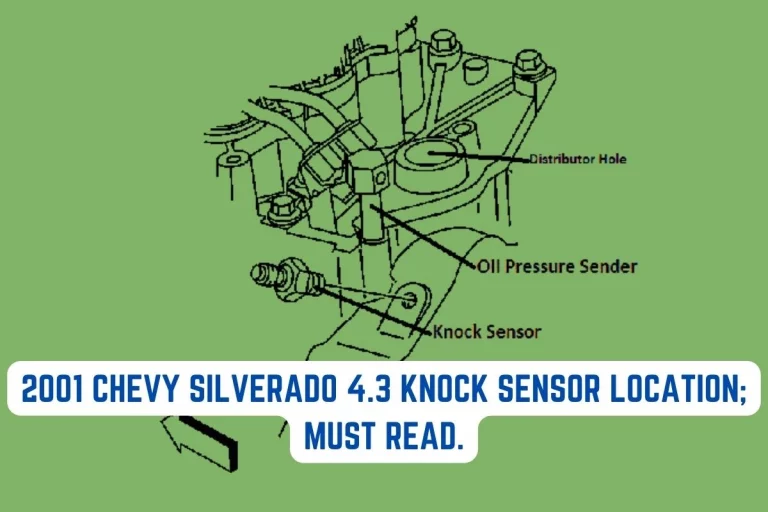Can A Bad Downstream Oxygen Sensor Cause A Rough Idle?
Curious if a bad downstream oxygen sensor can cause a rough idle? Learn how this small part can upset your engine’s balance, leading to shaky idling. Discover the reasons, signs, and fixes to keep your vehicle running smoothly.
Table of Contents
What does a downstream O2 sensor do?
A downstream oxygen (O2) sensor, situated after the exhaust system’s catalytic converter, monitors the emissions reduction efficiency. It measures the oxygen levels in the exhaust gases, helping the engine control unit (ECU) assess catalytic converter performance and adjust fuel mixture.
This data aids in achieving optimal emissions control, enhancing the converter’s ability to reduce harmful pollutants. The downstream O2 sensor maintains compliance with environmental standards, promotes cleaner exhaust emissions, and ensures overall vehicle efficiency.
Can A Bad Downstream Oxygen Sensor Cause A Rough Idle?
A malfunctioning downstream oxygen sensor can lead to a rough idle. The downstream sensor plays a crucial role in helping the engine control unit (ECU) regulate the air-fuel mixture.
If the sensor provides inaccurate readings, the ECU may struggle to adjust the mixture properly during idle, resulting in unstable combustion.
This can cause vibrations, fluctuations in RPM, and an overall rough idle. Addressing a faulty downstream oxygen sensor is important to restore smooth engine operation and overall vehicle performance.
What are the symptoms of a bad downstream O2 sensor?
A bad downstream oxygen (O2) sensor can exhibit several symptoms, including:
Increased Fuel Consumption: A faulty sensor can lead to incorrect air-fuel mixture adjustments, causing the engine to use more fuel than necessary.
Reduced Engine Power: Inaccurate sensor readings can result in poor fuel combustion, leading to decreased engine power and responsiveness.
Rough or Erratic Idle: The sensor’s failure to provide accurate data may lead to unstable air-fuel ratios, causing engine vibrations and fluctuations in RPM during idle.
Check Engine Light: A malfunctioning sensor often triggers the check engine light to illuminate on the dashboard.
Elevated Emissions: A compromised downstream sensor can impact catalytic converter efficiency, leading to increased emissions and potential emissions-related issues.
Delayed Throttle Response: Incorrect air-fuel mixture due to a bad sensor can result in delayed acceleration when you press the throttle.
Poor Overall Performance: A combination of the above symptoms can lead to suboptimal engine performance and reduced fuel efficiency.
If you observe any of these signs, it’s advisable to have your vehicle inspected by a qualified mechanic to diagnose and address the issue promptly.
How to clean a bad downstream O2 sensor? anyway
Cleaning a downstream oxygen (O2) sensor is generally not recommended, as these sensors are sensitive and can be easily damaged by improper cleaning methods. However, if you still want to attempt cleaning as a last resort before replacement, here’s a basic guideline:
Note: Cleaning may not always be effective, and caution’s crucial to avoid further damaging the sensor. If cleaning doesn’t resolve the issue, replacing the sensor is recommended.
Materials Needed:
- Safety goggles and gloves
- Wire brush or nylon brush
- Sensor-safe cleaning solvent (such as CRC Mass Air Flow Sensor Cleaner)
- Compressed air (optional)
- OBD-II scanner (to clear error codes after cleaning)
Steps:
- Safety Precautions: Ensure the vehicle is parked in a well-ventilated area, and wear safety goggles and gloves to protect yourself from fumes and chemicals.
- Disconnect Battery: Disconnect the negative terminal of the vehicle’s battery to prevent accidental electrical contact while working on the sensor.
- Remove the Sensor: Depending on your vehicle’s configuration, locate the downstream O2 sensor. It is typically found after the catalytic converter. Carefully disconnect the sensor’s electrical connector.
- Inspect and Brush: Examine the sensor for visible contaminants such as carbon buildup or soot. Use a wire or nylon brush to clean the sensor’s tip and wires. Do not use abrasive materials or excessive force to avoid damaging the sensor.
- Clean with Solvent: Spray a small amount of sensor-safe cleaning solvent onto the sensor’s tip and wires. Allow the solvent to penetrate and dissolve any contaminants. Avoid spraying the solvent directly onto the electrical connector.
- Compressed Air (Optional): If available, use compressed air to remove any remaining solvent and contaminants. Keep a safe distance and avoid excessive air pressure to prevent sensor damage.
- Reinstallation: Once the sensor is dry, carefully reconnect the electrical connector. Reconnect the negative battery terminal.
- Clear Error Codes: Use an OBD-II scanner to clear any error codes that may have been triggered due to the sensor issue. This step is essential to ensure accurate diagnostics moving forward.
- Test Drive: Start the vehicle and take it for a short test drive to assess if the rough idle or other symptoms have improved. Monitor the sensor’s performance using the OBD-II scanner.
Important: Cleaning a downstream O2 sensor is temporary and may not permanently resolve the issue. If the symptoms persist, replacing the sensor with a new one is recommended for proper and reliable operation.
How to replace a bad downstream O2 sensor?
When an O2 sensor malfunctions, it’s typically due to internal issues that cleaning won’t resolve. Replacing the sensor is usually the most effective solution.
If you suspect a problem with your downstream O2 sensor, consider the following steps:
- Diagnosis: Use an OBD-II scanner to retrieve error codes related to the downstream O2 sensor. This will help confirm if the sensor is indeed malfunctioning.
- Visual Inspection: Inspect the sensor and its wiring for any visible damage or contamination. Ensure that the sensor’s electrical connections are secure.
- Professional Evaluation: If you’re not experienced with automotive repairs, it’s best to consult a professional mechanic. They can perform advanced diagnostic tests to determine if the sensor needs replacement accurately.
- Replacement: If the downstream O2 sensor is confirmed to be faulty, replace it with a new sensor. It’s recommended to use an OEM or high-quality aftermarket sensor for optimal performance.
Remember that attempting to clean the sensor may lead to further damage or provide only temporary relief. Replacing the sensor is a more reliable and lasting solution to ensure your vehicle’s proper operation and emission control.
What Does a Bad MAF Sensor Look Like? All You Need To Know
sensor diary






